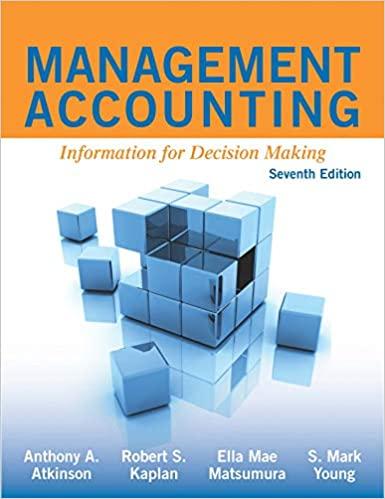Question
Consider a Lockheed Martin F-35 Lightning flying at 463 knots. If a pilot does a pull-up maneuver with a radius of turn of 1.2

Consider a Lockheed Martin F-35 Lightning flying at 463 knots. If a pilot does a pull-up maneuver with a radius of turn of 1.2 km, what is the load factor or 'g' loads on the aircraft and pilot? Note: The load factor is the sum of the acceleration (typically due to centrifugal forces) in addition to the regular '1g' loads on the aircraft - the number is then nondimensionalized by g. Thus for straight level flight the load factor is 1, for pull up it is more than one, and for pull down it is less than one. You can get a feeling of weightlessness if you are in a flight maneuver around Og (see e.g., NASA's "Vomit Comet"). The aircraft maximum allowable g-loads determine the maximum structural loads and thus structural design and weight. Consider an astronaut taking a space walk around the ISS to repair a solar array. If one of the tools is inadvertently pushed away from the ISS and towards Earth at a speed of 19 m/s, what is the in urad/s (this indicates that the tool will move - accelerate - away in the direction as it moves away in the r direction). Assume that the ISS is in a circular orbit at an altitude of 418 km and moving at a speed of 7.66 km/s. The radius of Earth is 6378 km.
Step by Step Solution
There are 3 Steps involved in it
Step: 1
To calculate the load factor gloads on the aircraft and pilot during a pullup maneuver we can use th...
Get Instant Access with AI-Powered Solutions
See step-by-step solutions with expert insights and AI powered tools for academic success
Step: 2

Step: 3

Ace Your Homework with AI
Get the answers you need in no time with our AI-driven, step-by-step assistance
Get Started


